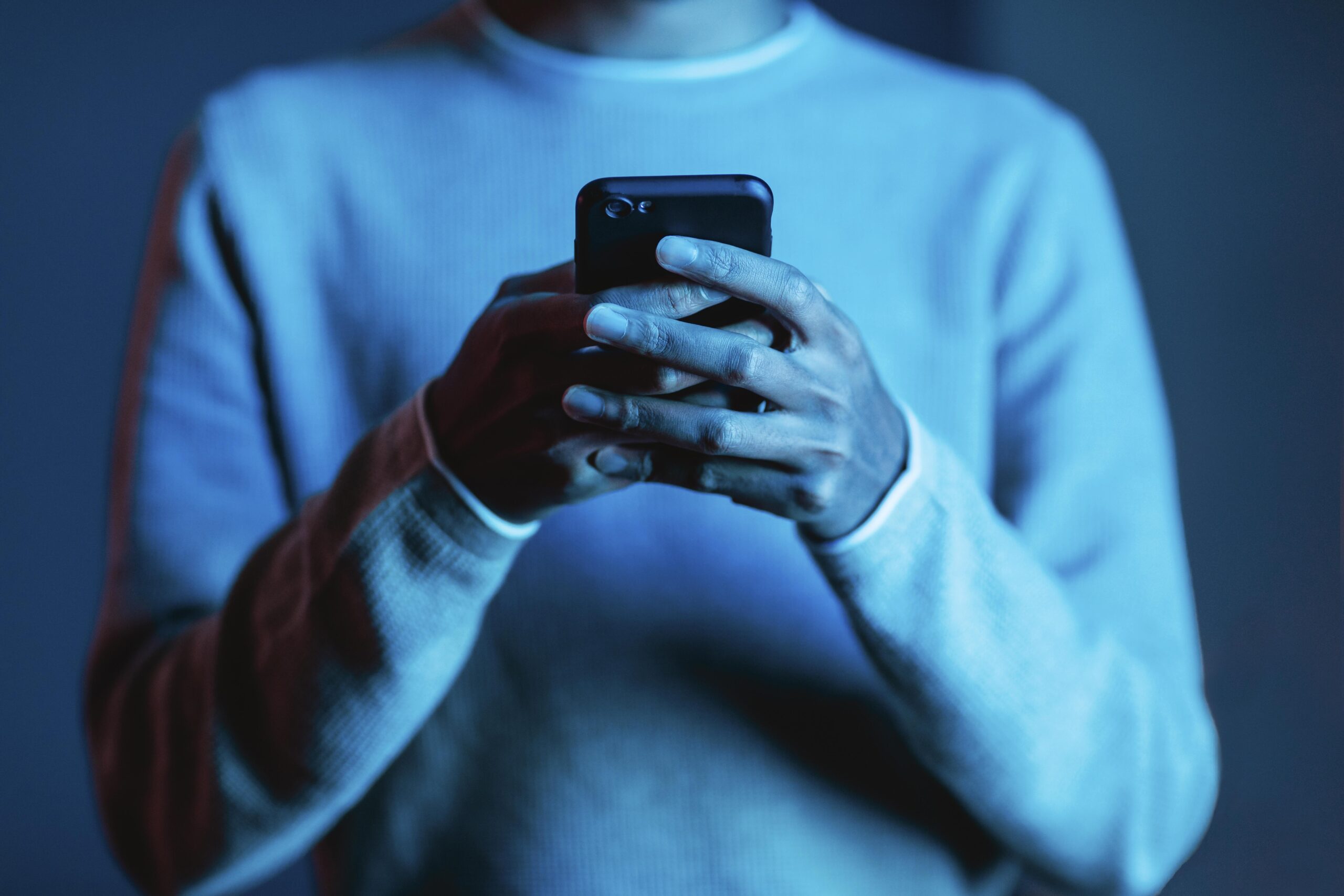Mental Health in the Digital Age: Challenges and Strategies for Well-being

We live in an era dominated by technology and digital connectivity. Smartphones, social media, instant messaging, and 24/7 access to news have reshaped the way we work, communicate, and even rest. While these innovations offer numerous benefits, they also pose serious risks to our mental health. The digital age has brought a unique set of challenges that affect individuals across all ages and backgrounds. Understanding these challenges and learning how to manage them is crucial for maintaining psychological well-being in today’s hyperconnected world.
The Rise of Mental Health Issues in a Connected World
Globally, mental health disorders such as depression, anxiety, and burnout have reached alarming levels. According to the World Health Organization (WHO), one in eight people around the world lives with a mental disorder. While there are many contributing factors—such as genetics, trauma, and environment—digital technology plays an increasingly significant role.
Some common digital-age stressors include:
- Social comparison on social media
- Digital addiction and screen time overuse
- Cyberbullying and online harassment
- Information overload
- Reduced face-to-face social interaction
Social Media and the Pressure to Be Perfect
Social media platforms such as Instagram, TikTok, Facebook, and Twitter encourage users to share carefully curated snapshots of their lives. This constant exposure to “highlight reels” can lead to unhealthy comparisons, especially among teenagers and young adults. People may feel inferior, unattractive, or unsuccessful when they compare their behind-the-scenes reality to someone else’s filtered feed.
Studies have shown a direct link between heavy social media usage and increased levels of anxiety, depression, and body dissatisfaction. In particular, adolescents and young women are vulnerable to the pressures of online appearance ideals and “likes” culture.
Digital Burnout and Work-Life Imbalance
Remote work, online learning, and the gig economy have blurred the lines between work and rest. Notifications never stop. Emails arrive at midnight. Video meetings start early and run late. While digital tools make communication efficient, they also create an “always-on” culture that fosters burnout and fatigue.
Key signs of digital burnout include:
- Persistent tiredness or exhaustion
- Loss of motivation
- Difficulty concentrating
- Detachment from work or school
Without intentional boundaries, individuals risk physical exhaustion and emotional drain, which can evolve into chronic stress or depression.
Cyberbullying and Online Harassment
Unlike traditional bullying, online harassment can occur 24/7 and follow victims into their homes through phones and computers. Cyberbullying includes:
- Threats or abusive messages
- Public shaming or doxing
- Spreading rumors or manipulated images
- Exclusion from online communities
Victims of cyberbullying may experience anxiety, depression, low self-esteem, and even suicidal thoughts. The anonymity of the internet often emboldens aggressors, making it harder to hold them accountable.
Information Overload and Decision Fatigue
Every day, we are bombarded with content: news articles, social updates, videos, advertisements, and more. This constant stream of information can overwhelm our cognitive processing abilities, leading to what experts call “information overload.”
Symptoms include:
- Difficulty making decisions
- Reduced focus and attention span
- Feeling mentally drained or anxious
When our brains are overstimulated by excessive input, it becomes harder to prioritize, think critically, or stay emotionally grounded.
FOMO, Loneliness, and Social Disconnection
Despite being more connected than ever, many people report feeling isolated or lonely. One reason is the phenomenon of FOMO—Fear of Missing Out. Constantly seeing others enjoying events, relationships, or success online can make individuals feel left out or inadequate.
Moreover, online communication often lacks the emotional depth and non-verbal cues found in face-to-face interactions. As a result, people may have hundreds of digital friends but few real-world connections.
Digital Detox: Why It Matters
A digital detox involves taking intentional breaks from technology, particularly from social media, smartphones, and screens. Studies show that even short-term digital detoxes can improve sleep, reduce stress, and increase overall happiness.
Benefits of a digital detox:
- Improved mood and reduced anxiety
- Better focus and productivity
- Stronger relationships and presence in the moment
- Better sleep quality
Strategies for Protecting Mental Health in the Digital Era
While we cannot escape the digital world, we can learn to navigate it more mindfully. Here are several evidence-based strategies for improving mental health in the digital age:
1. Set Screen Time Limits
Use screen time management tools to limit time spent on non-essential apps. Set boundaries for work hours and avoid using your phone in bed or during meals.
2. Curate Your Digital Environment
Unfollow or mute accounts that trigger negative emotions. Follow people and pages that inspire, educate, and uplift. Your feed should serve your well-being, not drain it.
3. Practice Digital Mindfulness
Be intentional with your technology use. Ask yourself: Why am I using this app? How does it make me feel? Am I escaping something? Practicing awareness helps prevent unconscious scrolling and its harmful effects.
4. Prioritize In-Person Connections
Make time for real-life interactions with friends and family. Shared meals, walks, or meaningful conversations foster connection and reduce feelings of isolation.
5. Establish Tech-Free Zones and Times
Designate areas or times in your day when devices are off-limits, such as during meals, the first hour after waking, or the hour before bedtime. This encourages presence and mental rest.
6. Seek Professional Help When Needed
If you’re experiencing persistent sadness, anxiety, or burnout, don’t hesitate to speak with a mental health professional. Therapy and counseling can offer valuable tools to cope with digital stressors and emotional challenges.
7. Engage in Offline Hobbies
Rediscover activities that don’t involve screens—reading, painting, exercising, gardening, or playing music. Offline hobbies help balance digital consumption and stimulate creativity and joy.
8. Sleep Hygiene
Digital devices, especially before bedtime, disrupt the body’s melatonin production and circadian rhythm. Avoid screens at least one hour before sleep, and consider using blue light filters during evening hours.
9. Monitor News Consumption
Constant exposure to negative or distressing news stories can lead to chronic stress or “doomscrolling.” Limit news intake to specific times of day and rely on credible sources.
Technology for Good: Digital Tools That Support Mental Health
Despite its challenges, technology can also be used to improve mental health. Several digital tools promote mindfulness, emotional support, and psychological well-being:
- Meditation Apps: Headspace, Calm, Insight Timer
- Mood Trackers: Daylio, Moodpath
- Online Therapy Platforms: BetterHelp, Talkspace, Mindler
- Digital Journaling Apps: Journey, Reflectly
When used intentionally, these tools can empower individuals to take control of their mental health.
Special Considerations for Children and Teens
Children and adolescents are particularly vulnerable to digital influences. Parents and educators play a critical role in guiding responsible tech use:
- Set age-appropriate screen time limits
- Monitor online behavior and content
- Encourage open conversations about feelings and online experiences
- Model healthy tech habits as adults
The Future of Mental Health in a Digital World
As digital technology continues to evolve, so too must our strategies for safeguarding mental health. The future will likely involve more AI-powered mental health tools, virtual therapy sessions, and even digital wellness education in schools and workplaces.
However, no tool or app can replace the importance of human connection, self-awareness, and proactive care. Balancing digital engagement with intentional disconnection will remain key to thriving in the digital age.
Conclusion
The digital age is here to stay, and with it comes both opportunities and risks. While technology offers convenience, knowledge, and connection, it also brings challenges to our mental and emotional well-being. By cultivating awareness, setting boundaries, and using technology mindfully, we can navigate this landscape with resilience.
Your mental health is just as important as your physical health—don’t wait until it deteriorates to take action. Start by taking small steps today: unplug for an hour, connect with a loved one, or simply breathe deeply away from your screen. In a world that never stops scrolling, choosing stillness is a radical act of self-care.





